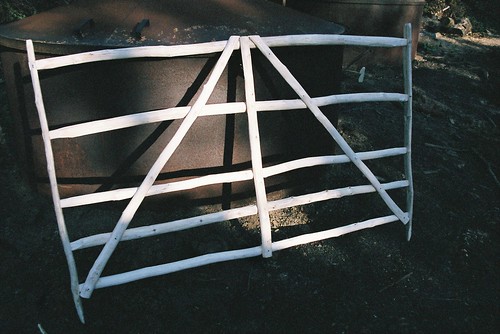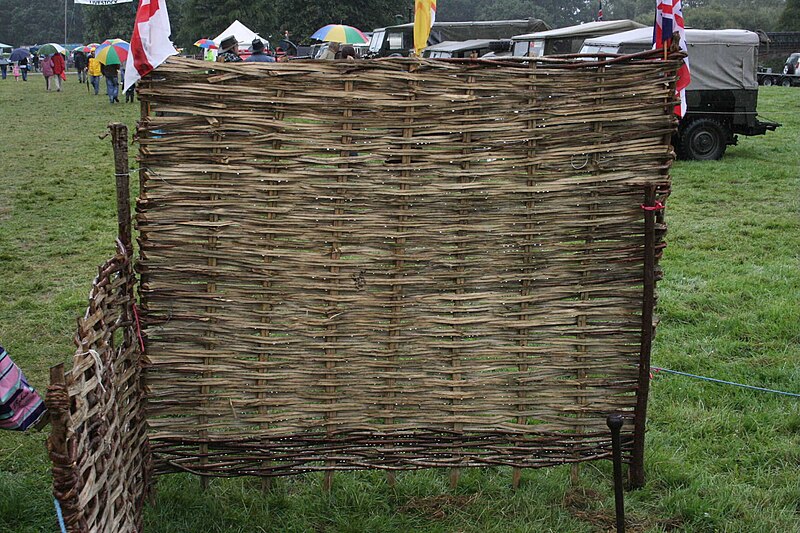Simon Wells
Established Member
Dear All,
Looking to make a rustic garden gate from some coppiced wood, needs to be dog and toddler proof, wondering what size to ream the mortice and cut the tenons? Wood is about
I am thinking about using the Veritas Tapered tenon:
http://www.veritastools.com/Products/Page.aspx?p=151
and the Veritas adjustable reamer
http://www.veritastools.com/products/Page.aspx?p=385
Apart from a solar panel and old car battery my workshop has no power :lol:
So all to be done by hand.
Question 0:
Should I go for non-shouldered tenons ie:
http://www.veritastools.com/Products/Page.aspx?p=151
Question 1:
Is this a (shoulderd tenon and reamer) suitable combination of tools for the job in hand? Any other ones I should consider?
Question 2:
What size tenon cutter should I go for? 5/8th???? Needs to be tough as my toddler is a 'Barbarian War Lord'! :shock:
Question 3:
I'd like to pin the tenon, to make it enraged toddler proof, is this OTT?!?!
These tools would be used for other rustic fences, shaving horse, etc
Any one have a Veritas shoulder tenon cutter and reamer they'd like to sell?
Thank you for your help!
Looking to make a rustic garden gate from some coppiced wood, needs to be dog and toddler proof, wondering what size to ream the mortice and cut the tenons? Wood is about
I am thinking about using the Veritas Tapered tenon:
http://www.veritastools.com/Products/Page.aspx?p=151
and the Veritas adjustable reamer
http://www.veritastools.com/products/Page.aspx?p=385
Apart from a solar panel and old car battery my workshop has no power :lol:
So all to be done by hand.
Question 0:
Should I go for non-shouldered tenons ie:
http://www.veritastools.com/Products/Page.aspx?p=151
Question 1:
Is this a (shoulderd tenon and reamer) suitable combination of tools for the job in hand? Any other ones I should consider?
Question 2:
What size tenon cutter should I go for? 5/8th???? Needs to be tough as my toddler is a 'Barbarian War Lord'! :shock:
Question 3:
I'd like to pin the tenon, to make it enraged toddler proof, is this OTT?!?!
These tools would be used for other rustic fences, shaving horse, etc
Any one have a Veritas shoulder tenon cutter and reamer they'd like to sell?
Thank you for your help!


































